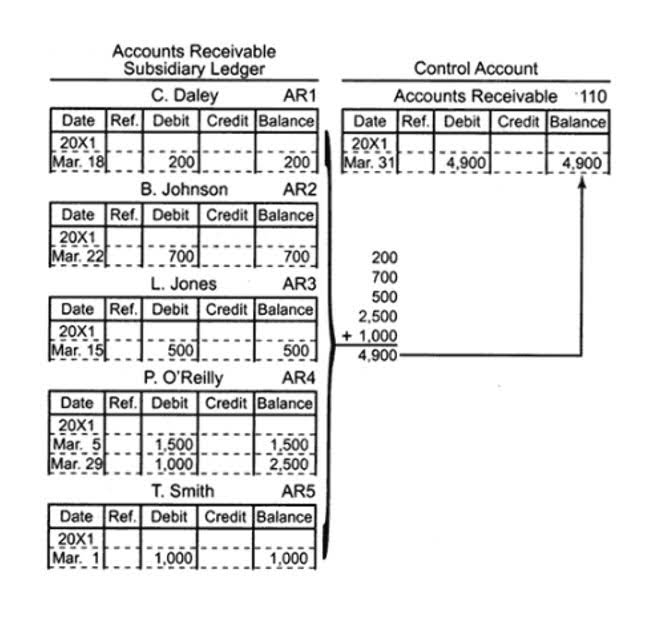Prime cost and conversion cost definitions, explanations, formula, differences, examples

Thus, conversion costs are all manufacturing costs except for the cost of raw materials. The conversion cost is reported in the financial statements as part of the COGS and the inventory valuation. The cogs is the retained earnings cost of the goods that are sold during the accounting period, and it is deducted from the sales revenue to calculate the gross profit. The inventory valuation is the cost of the goods that are not sold and remain in the ending inventory, and it is reported as a current asset in the balance sheet.

How to Calculate Conversion Cost Formula Example
Direct labor refers to the salaries and wages of workers who transform the materials into finished goods. In this section, we will delve into the topic of conversion cost efficiency and explore strategies to enhance the conversion process while minimizing costs. By optimizing the conversion process, businesses can achieve higher conversion rates and maximize their return on investment. From a managerial perspective, understanding the conversion cost ratio allows businesses to evaluate the allocation of resources and identify areas for improvement. It helps in making informed decisions regarding process optimization, cost reduction, and pricing strategies. A positive variance indicates that the actual conversion costs exceeded the budgeted costs, while a negative variance suggests that the actual costs were lower than the budgeted costs.
Cost of Goods Sold: Definition, Formula, Example, and Analysis
- The Rams need to operate with some urgency down the stretch here as they need a score, a stop and another score.
- Therefore, once the batch of sticks gets to the second process—the packaging department—it already has costs attached to it.
- It is crucial to consider these factors when analyzing the conversion cost variance.
- Overhead costs are expenses that cannot be directly attributed to the production process but are necessary for operations, such as the electricity required to keep a manufacturing plant functioning throughout the day.
- Conversion costs refer to the expenses incurred in transforming raw materials into finished products, including direct labor costs and manufacturing overhead.
- Conversion Cost Variance is a metric used to assess the variance between the actual conversion costs incurred and the budgeted conversion costs.
Prime costs are reviewed by operations managers to ensure that the company is maintaining an efficient production process. Conversion costs should be calculated regularly, especially during budgeting periods and total conversion cost when assessing the financial performance of manufacturing operations. Manufacturing overhead significantly influences total costs, and managing these overheads effectively can lead to improved profitability. Timber, glue, nails, glass and finishing materials have been treated as direct materials because they all become part of finished and ready to sell table.

Which Costs Are Both Prime and Conversion Costs?

Direct labor and manufacturing overhead are used to test, weigh, and sound-match the drumsticks into pairs. Improved labor efficiency can lower direct labor costs, thereby reducing overall conversion costs. The primary difference between the two is that the formula for conversion costs takes overhead into account. For this reason, it’s a more relevant number for operations managers, who may be looking at ways to reduce the indirect expenses of production. The cost of a product is determined by the amount of labor and overhead needed to convert raw materials into finished goods.

Direct labor is the cost of wages of factory employees who assemble the cabinets. This information helps managers know where to focus their attention when planning, directing and controlling costs. Therefore, once the batch of sticks gets to the second process—the packaging department—it already has costs attached to it.
- We’re seeing a decent bit of Blake Corum in this first quarter, though, with the rookie handling the third drive of the game in the backfield.
- For example, four units that are one-fourth finished would equal one equivalent unit.
- It looked like Tyreek had an easy first down but Curl just dropped down from the safety spot and took Tyreek down one on one.
- The cogs is the cost of the goods that are sold during the accounting period, and it is deducted from the sales revenue to calculate the gross profit.
- It helps businesses understand the expenses involved in converting raw materials into finished products.
To reduce conversion costs, manufacturers can improve labor efficiency, optimize overhead expenses, and streamline production processes. The manufacturing sector analyses both prime costs and conversion costs to measure efficiency in the production of a product. Use the conversion cost per unit to set prices and budgets for the product. For example, if the conversion cost per unit is $9 and the raw material cost per unit is $3, the total production cost per unit is $12. To plan the production budget, the conversion cost per unit can be multiplied by the expected number of units to be produced in the future.
Prime costs and conversion costs
- First-round pick Jared Verse is a favorite to win NFL Defensive Rookie of the Year, and plays like these are why.
- The contribution margin per unit of conversion cost is the difference between the selling price and the variable cost (including direct materials and variable overhead) divided by the conversion cost per unit.
- Compensation paid to machinists, painters, or welders is common in calculating prime costs.
- If conversion costs are too high, analyze labor productivity and overhead expenses to identify areas for improvement and cost reduction.
- A periodical review of the firm’s prime cost is crucial to ensure the efficiency of its manufacturing process.
- Conversion costs include the direct labor and overhead expenses incurred as raw materials are transformed into finished products.
Verse exploded through the Dolphins offensive line on a stunt, forced Tagovailoa to fumble AND recovered it. When you think about the Dolphins, you probably envision Tagovailoa and Hill making plays in the passing game with the speedy De’Von Achane and Raheem Mostert toting the rock out of the backfield. The Miami Dolphins kept their playoff hopes alive and snapped a three-game losing streak by defeating Matthew Stafford and the Los Angeles Rams on “Monday Night Football” by a score of 23-15. It is rudimentary to gauge the value of closing inventory since it is a line item reported on both the income statement and the company’s balance sheet.
Conversion costs include the direct labor and overhead expenses incurred as raw materials are transformed into finished products. Prime costs and conversion costs are relied upon heavily in the manufacturing sector to measure efficiency in the production of a product. Prime costs are expenditures directly related to creating finished products, while conversion costs are expenses incurred when turning raw materials into a product. Conversion Cost Variance is a crucial metric for cost accounting and management. By measuring and analyzing the difference between actual and budgeted conversion costs, companies can identify areas of improvement, optimize their production processes, and enhance cost control. Several factors can contribute to the difference between actual and budgeted conversion costs.
Prime Costs vs. Conversion Costs: What’s the Difference?
Conversion costs include indirect materials, indirect labor, and other overhead costs. Like prime costs, conversion costs are used to gauge the efficiency of a production process, but conversion cost also takes into account overhead expenses that are left out of prime cost calculations. During a month, Company B has a total cost of $55,000 in direct labor and $66,000 in factory overhead costs.

